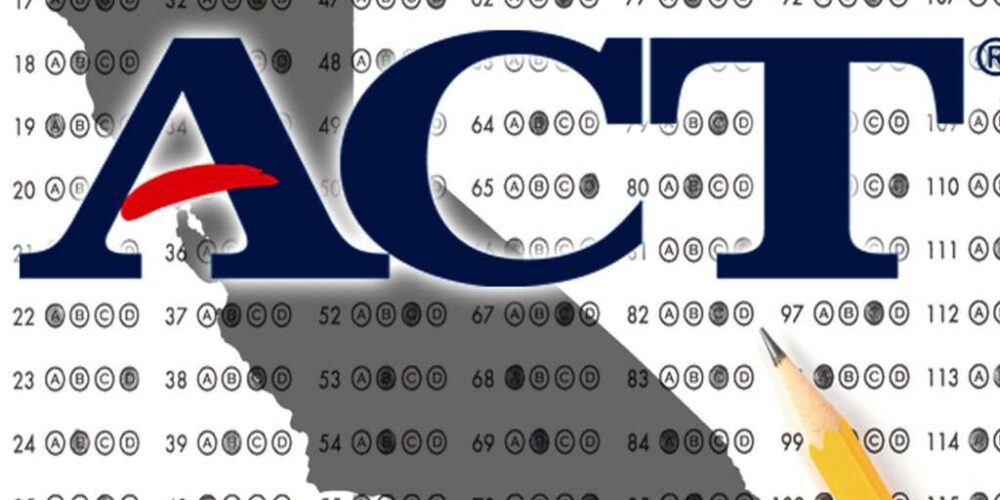Your score on the ACT will have a direct impact on your college or university career. Many colleges and universities base admission, to some degree, on your test scores. The better score you have, the more choices you will have for college and university entrance. You will also have a better chance of receiving scholarships and grants to get a good test score.
But what if we told you that there were ways to “cheat” on the ACT without getting into any trouble?
That’s right. There are strategies and hints that you can learn before you take the ACT which will be like “cheat codes,” helping you approach the ACT in a more effective way without breaking any rules or violating any ethics.
Here are a few ACT cheats and hints you can use for optimal performance on the ACT:
MEMORIZE KEY FORMULAS
Although you will have your test score canceled and be removed from the testing center if you bring a slip of paper or any other notes about the math formulas you’ll encounter on the ACT, there is a way for you to “sneak” in all of the key formulas that you will need during the test.
Memorize them!
There are a few formulas that you are going to want to know when you take the test. If you spend study time memorizing these formulas, you will be able to access them at any time during the ACT.
Here are a few of the formulas that you need to know:
- Probability formulas
- Arithmetic mean formula
- Slope and slope-intercept formulas
- Distance formula
- Quadratic equation
- Pythagorean Theorem
- Geometric shape area and circumference formulas
- Trigonometry formulas for sine, cosine, and tangent
Use available study materials
Find some ACT prep books and put them to use. You will find test-taking tips, practice questions, reading examples, essay prompts, and more. Take advantage of the materials you can use to help you prepare and do your best..
Drawing a blank on a math problem? Write some notes.
If you come across a problem that you are stuck on, write out the information you have. Underline important parts of the question and make diagrams to help you. Keeping your pencil moving will help to keep your mind engaged.
Analyze and Eliminate.
When you are doing multiple-choice questions, the answer may not be evident right away. You can start by eliminating the answers you know for sure are incorrect. Remember, wrong answers do not count against you, so never leave a question blank.
ANSWER QUESTIONS OUT OF ORDER
Answer the questions that will be easiest for you first so that you aren’t forced to guess on them if you start running low on time.
While many students go through the test questions in order, wasting valuable time on tough questions that they don’t know how to solve and end up guessing on anyway, you can breeze through easy ones first and make the most of your time.
Drawing a blank on a math problem? Write some notes.
If you come across a problem that you are stuck on, write out the information you have. Underline important parts of the question and make diagrams to help you. Keeping your pencil moving will help to keep your mind engaged.










